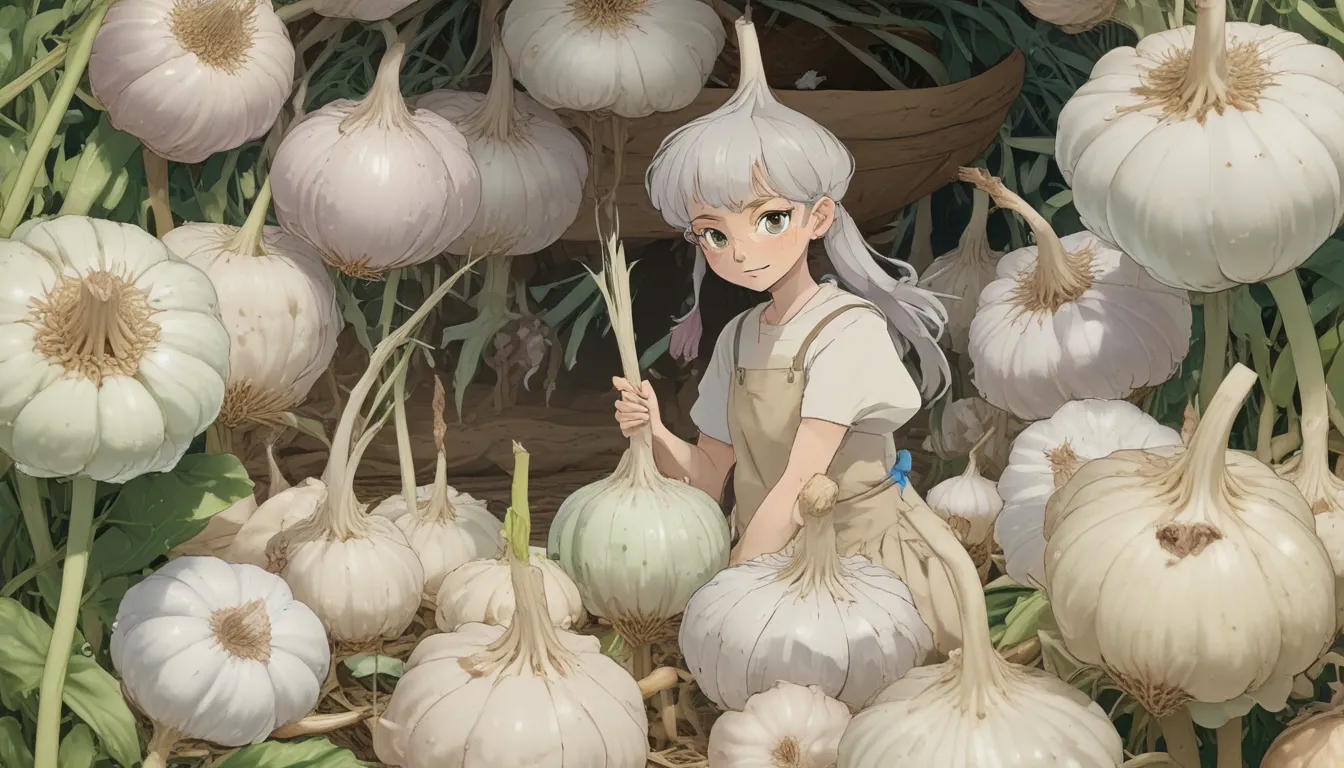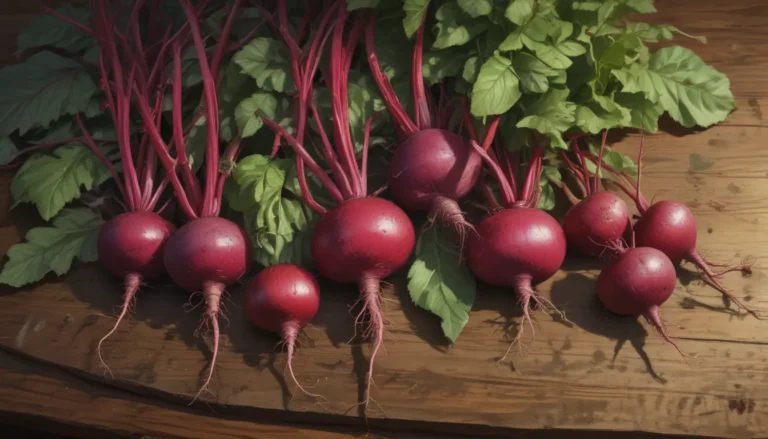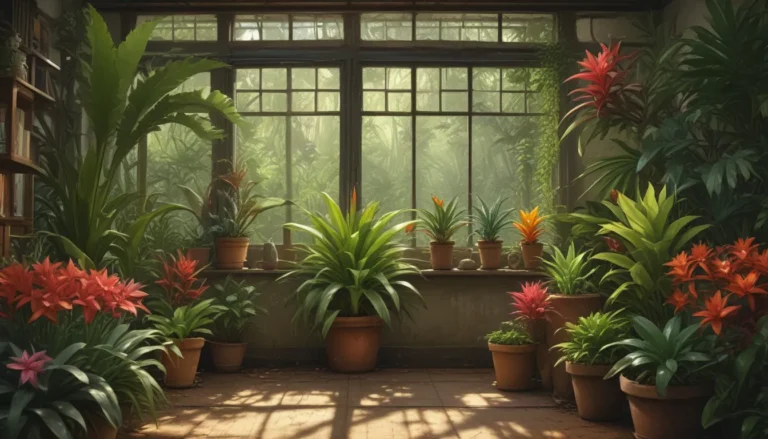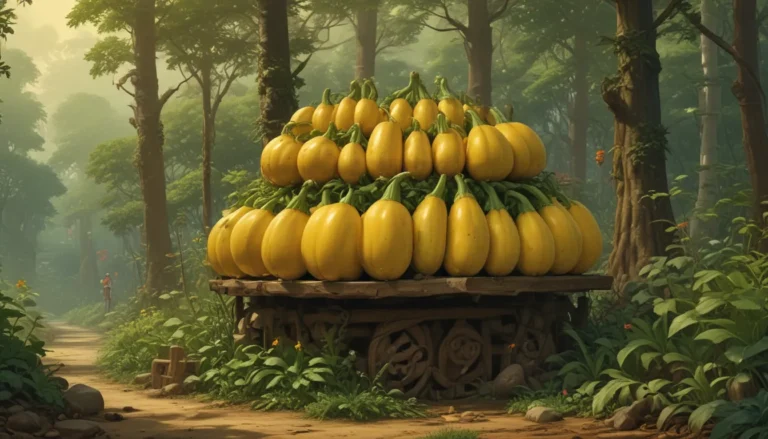Mastering the Art of Growing Garlic in Warm Climates

Garlic is a vital addition to any garden, providing ample benefits such as repelling pests and yielding a bountiful supply for future planting. While growing garlic in warm climates may seem challenging, it is indeed achievable with the right approach.
Here, we will delve into the essential considerations for cultivating garlic in USDA Hardiness Zones 7 to 10. Whether you’re a seasoned gardener or a beginner, this comprehensive guide will equip you with the knowledge and techniques necessary to thrive in warmer regions.
What You’ll Learn
- What Does Garlic Need?
- Vernalizing
- Tips for Growing Big Bulbs in Warm Regions
- Best Types of Garlic to Select for Warm Climates
- Timing
Before we jump into the specifics, let’s clarify the terms. While Zones 7 to 10 serve as a general guideline, gardeners in regions with cool summers and mild winters, such as the Pacific Northwest, have a slightly different set of requirements. This guide primarily caters to those in desert, southern, or subtropical areas with scorching summers and mild winters.
What Does Garlic Need?
To flourish, garlic necessitates specific environmental conditions irrespective of the growing location. Factors such as loose soil, adequate drainage, and full sun exposure are fundamental for healthy bulb development. For a more in-depth understanding of garlic cultivation basics, refer to our comprehensive guide.
Most garlic varieties require a specific number of cold days followed by warm temperatures to initiate bulb formation. Understanding the daylight requirements and temperature thresholds for different garlic types is crucial. Hardnecks typically need approximately 12 weeks below 45°F before transitioning to warmer conditions for growth. On the other hand, day-neutral varieties like Elephant garlic have shorter maturity periods and are ideal for regions with hot summers.
The failure to meet these temperature and daylight prerequisites may result in stunted growth or undersized bulbs. Understanding the specific needs of your chosen garlic variety is paramount to a successful harvest.
Vernalizing
Vernalizing serves as a valuable technique for gardeners in warm regions. By mimicking the cold winter conditions that garlic requires, vernalizing ensures optimal growth and bulb development.
Simply gather your seed bulbs, place them in a paper bag, and refrigerate them for 6 to 12 weeks, depending on your climate zone. It’s essential to monitor the bulbs for mold growth and ensure adequate air circulation within the refrigerator.
For Zone 10, aim for a longer vernalization period, while Zone 7 gardeners can suffice with a shorter duration. In instances where natural temperatures do not suffice for vernalization, refrigerating the bulbs entirely is a viable solution. It’s advisable to consult with your seed supplier regarding the vernalization status of the bulbs before planting.
Tips for Growing Big Bulbs in Warm Regions
Creating favorable conditions for extensive foliage growth before bulb development is crucial in warmer climates. The mantra for success in warm regions is to maintain cooler soil temperatures to facilitate optimal plant growth.
- Plant cloves deeper than recommended.
- Apply organic mulch below 40°F to insulate the soil.
- Utilize shade cloth strategically to moderate soil temperatures.
- Select sites with partial shade during peak sun exposure.
- Water deeply and infrequently to encourage root growth.
By implementing these strategies, gardeners can promote robust plant development and ensure the formation of sizable, flavorful cloves.
Best Types of Garlic to Select for Warm Climates
Choosing garlic varieties that thrive in warm climates is essential for a successful harvest. Softneck cultivars like Silverskins and Creoles are well-suited to warm regions due to their heat tolerance and shorter vernalization periods.
- Silverskins: Long maturing varieties with excellent heat tolerance.
- Creoles: Heat-tolerant cultivars with reduced vernalization requirements.
- Elephant Garlic: Large, mild-flavored bulbs ideal for roasting whole.
- ‘Siberian’ and ‘Bogatyr’: Heat-tolerant varieties that continue bulb growth despite warm conditions.
Experimenting with different garlic types can lead to exciting discoveries, so don’t be afraid to try new varieties suited to your climate zone.
Timing
Planting garlic at optimal times is crucial for maximizing growth potential. Gardeners in warmer regions should aim for late fall or early winter planting to leverage cool temperatures for foliage development. Understanding the daylight requirements and soil temperature thresholds is key to determining the ideal planting window.
By aligning your planting schedule with these factors, you can harness the full potential of your garlic crop and ensure a bountiful harvest.
The Joy of Growing Garlic
Embarking on the journey of growing garlic in warm climates opens up a world of possibilities for gardeners. By implementing the tips and techniques outlined in this guide, you can cultivate a thriving garlic crop and enjoy the rewards of your labor.
Remember to have fun and experiment with different varieties to discover what works best in your unique growing environment. Share your successes and insights with fellow gardeners to contribute to the collective knowledge base.
We hope this guide equips you with the knowledge and tools needed to embark on a successful garlic growing journey in warm climates. Stay tuned for more informative resources to enhance your gardening experience.
By incorporating these strategies and techniques, you can elevate your garlic growing endeavors and achieve a flourishing harvest in warm climates.
It’s time to unleash your full potential as a gardener and take your garlic cultivation skills to new heights. With the right approach and techniques, you can overcome the challenges of growing garlic in warm climates and enjoy a bountiful harvest. Let’s cultivate success together!





